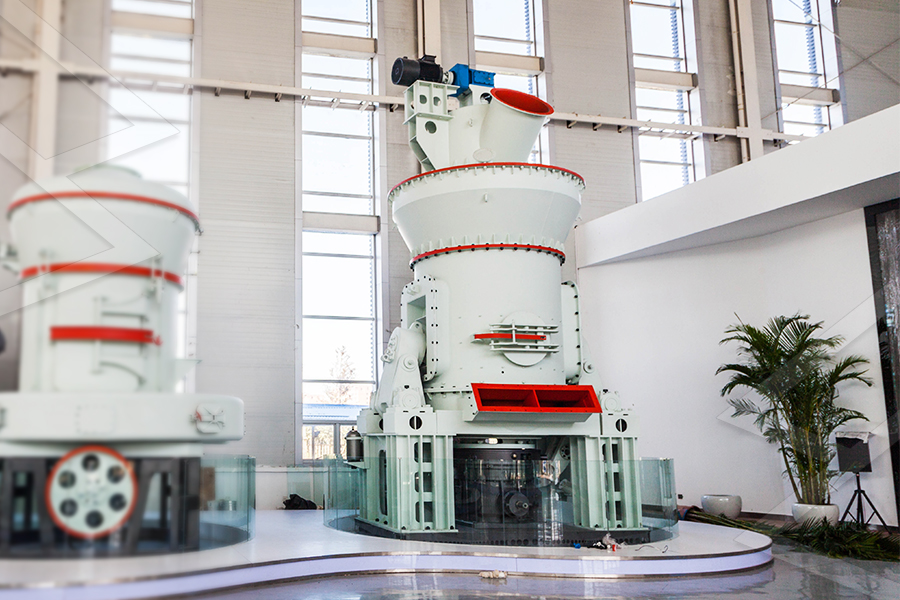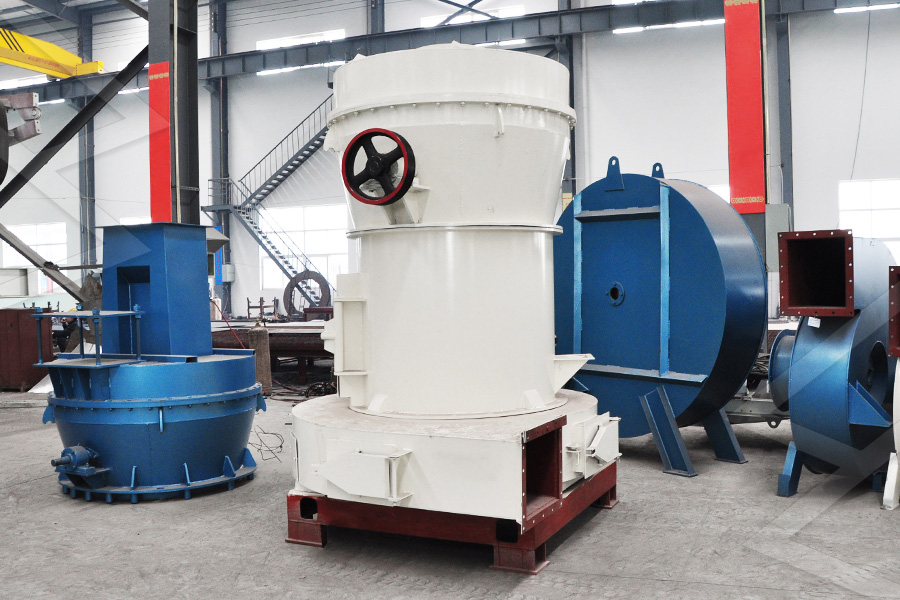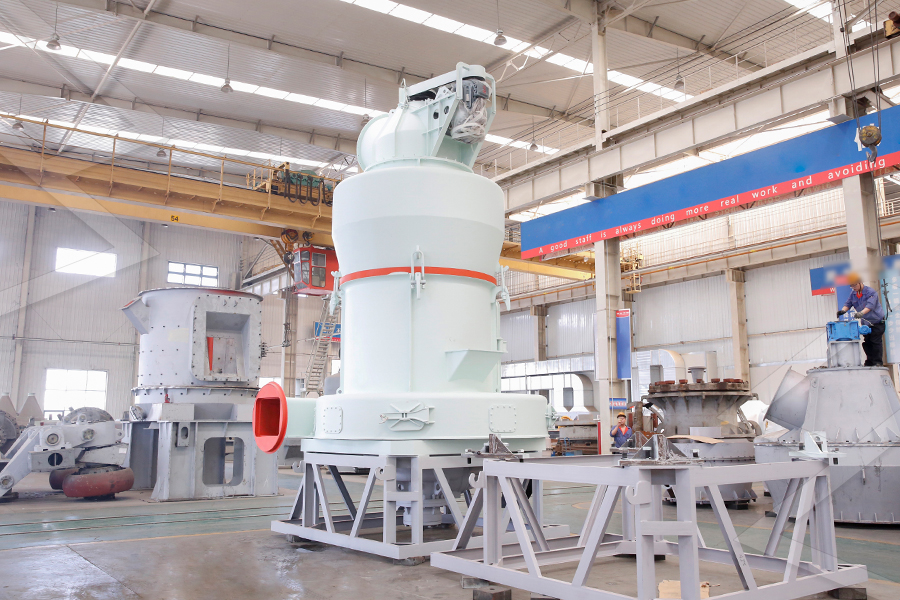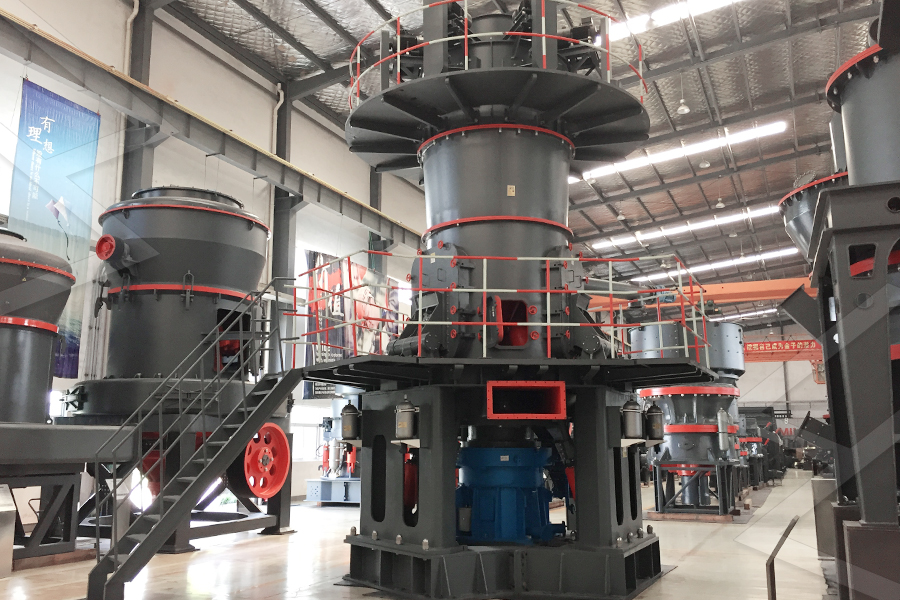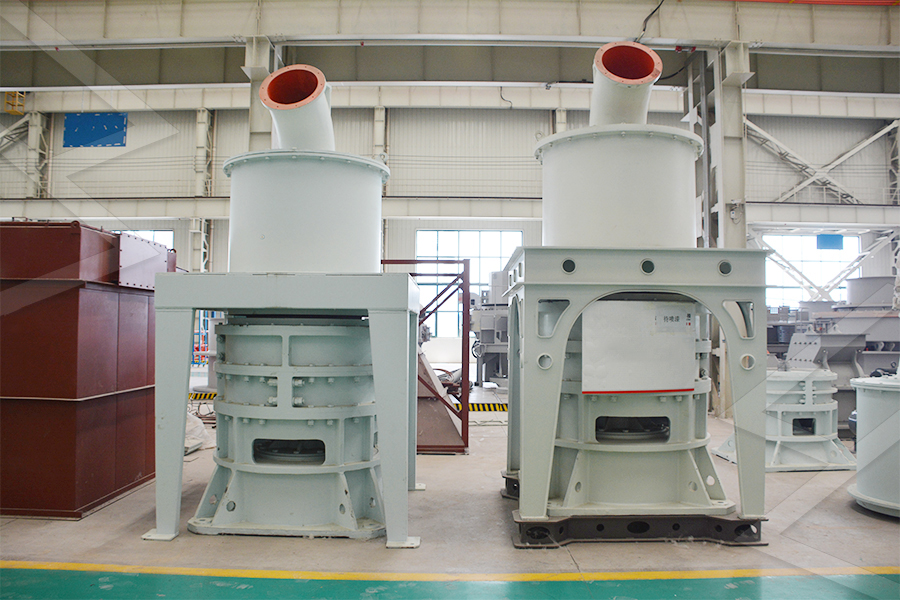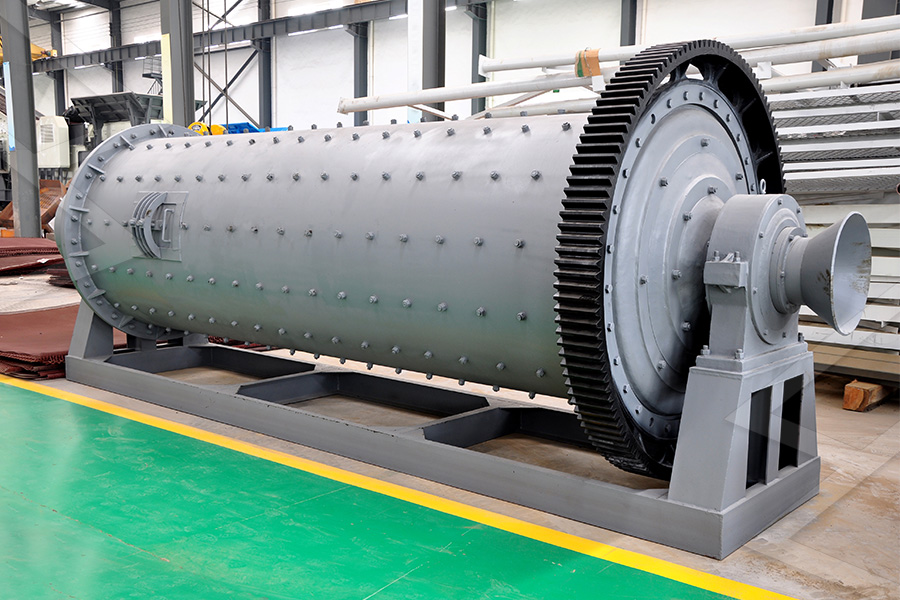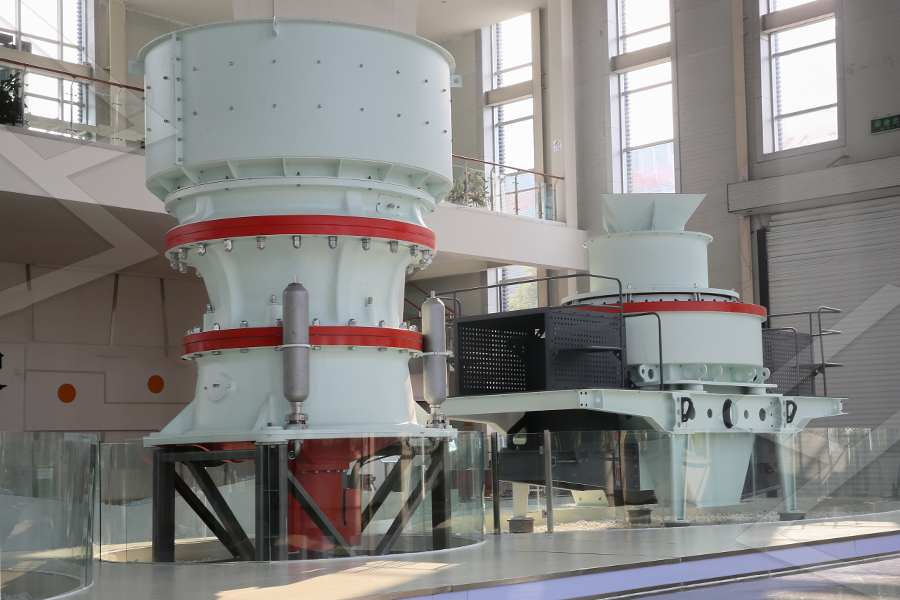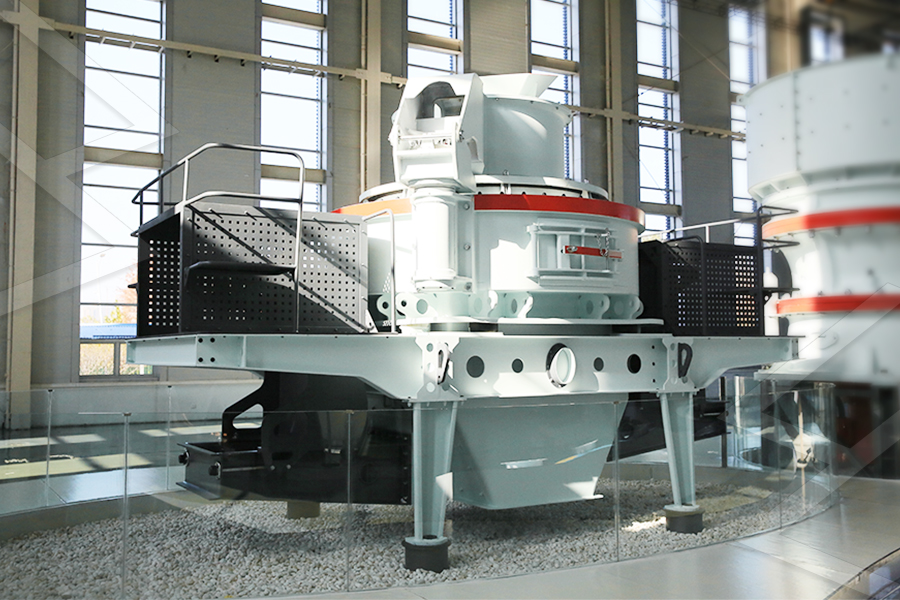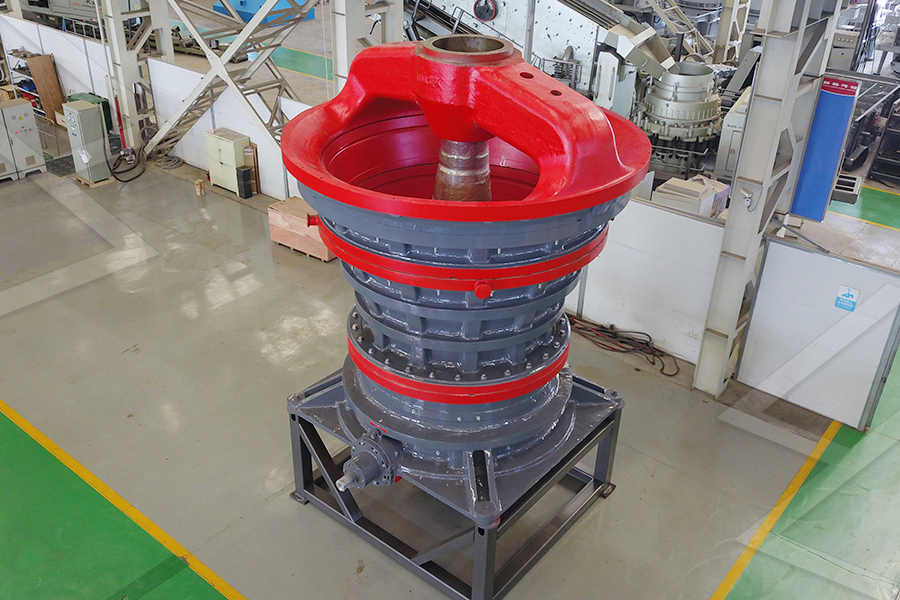Feldspar Grinding Project for Ceramic Tile Production (15 TPH, 250 Mesh)
Feldspar (a group of aluminosilicate minerals) is a critical raw material in ceramic tile production, acting as a flux to lower the firing temperature and improve tile strength. This article explores a feldspar grinding project in Foshan, Guangdong Province, China—the “ceramic capital of the world”—which produces 250-mesh feldspar powder at 15 TPH for a large ceramic tile manufacturer. The project is designed to meet the manufacturer’s demand for consistent, low-iron feldspar powder, a key factor in producing high-gloss, white ceramic tiles.
Project Background and Ceramic Industry Needs
Ceramic tiles require a blend of raw materials (feldspar, quartz, clay, and kaolin), with feldspar typically accounting for 30-40% of the mix. Feldspar’s role as a flux is critical: it melts at 1100-1200°C (lower than quartz’s 1713°C), forming a glassy phase that binds other minerals together during firing. For high-gloss white tiles, feldspar must have low iron content (<0.15%), as iron causes discoloration (yellow or brown spots). The manufacturer specified 250-mesh (58 μm) fineness because finer feldspar powder ensures uniform melting and reduces firing time (by 15-20%), lowering energy costs. The 15 TPH capacity matches the manufacturer’s daily tile production (360 tons of feldspar powder per day, enough for 1.5 million square meters of tiles monthly).
Raw Material and Pretreatment
Raw feldspar is sourced from Inner Mongolia, China, with a chemical composition of: SiO₂ 65-68%, Al₂O₃ 18-20%, K₂O 10-12%, Na₂O 3-4%, and Fe₂O₃ <0.12%—meeting the low-iron requirement. The raw feldspar arrives as 50-100mm blocks, which first undergo primary crushing with a jaw crusher (capacity 30 TPH) to 20-30mm. The crushed feldspar is then fed into a wet magnetic separator (12,000 gauss) to remove any remaining iron impurities (e.g., iron-bearing minerals like magnetite), reducing Fe₂O₃ to <0.10%. The magnetic separation step uses recycled water (from the subsequent washing process) to minimize water waste.
